Author:Baby & Adult Diaper Materials FROM:Diaper Materials Manufacturer TIME:2023-02-15
Doubling refers to the entanglement of many fibers during the process from spinning to forming a nonwoven fabric, causing the filament bundles to be consolidated on the nonwoven fabric.
superficial phenomenon. In addition to the adhesion and paralleling of the primary filaments due to poor cooling of the quenching wind during spinning, there are three main places where paralleling can be formed: the nozzle tunnel, the spinning device and the net curtain of the web forming machine. This paper briefly introduces the reasons and improvement measures for parallel filaments in the nozzle shaft in the white spunbonded non-woven fabric production line. The narrow slit size of the mainstream outflow section (commonly known as the throat) in the nozzle of the white spunbond nonwoven fabric production line is a key dimension, and the requirements are quite strict, and the general control accuracy is h7. But it is more difficult to maintain this precision in the length of 600mm during processing. Because h7 changes within a certain range, the air flow rate of the mainstream is not equal, the flow rate is inconsistent, and the fluctuation of the flow rate causes uneven static pressure. Originally, all streamlines are required to be vertically downward, but in the tunnel, there is a The horizontal component of the airflow, under the blowing of the horizontal airflow, the fibers may be entangled to form parallel filaments.
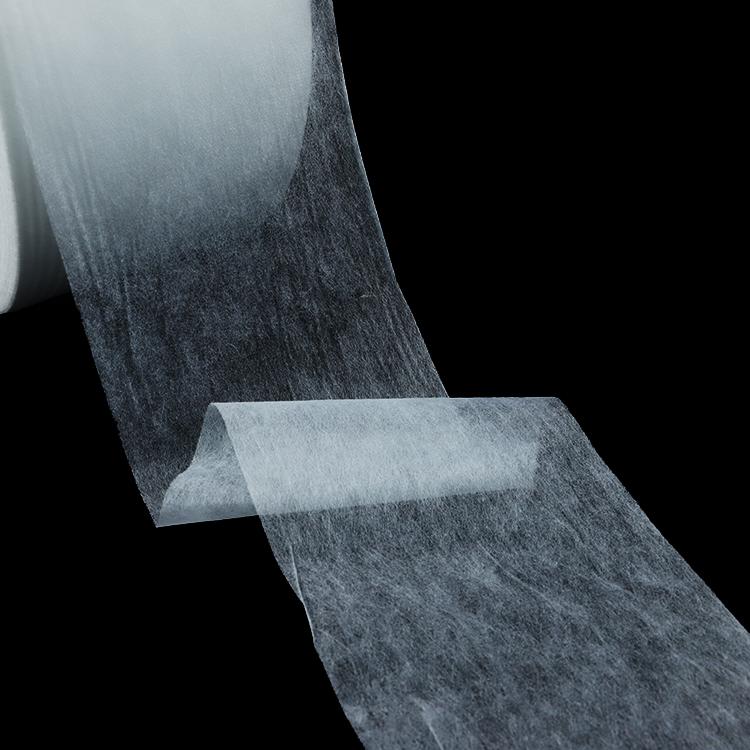
During the use of the nozzle, due to the leakage and broken wires of the upper spinneret, the molten mass of the melt often falls into the nozzle, blocks the channel or hangs on the wall, and may also cause the appearance of lateral airflow. When dredging the tunnel, metal hooks are often used to remove obstructions and cause deformation of the upper lip of the throat, which makes the dimensional accuracy of h7, which is already difficult to control, lower and aggravates the parallel wire.
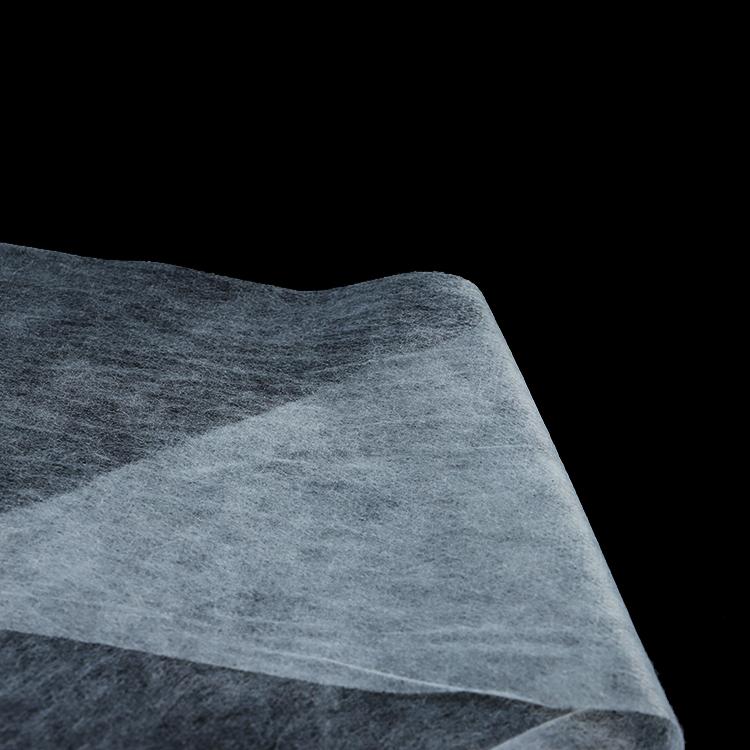
The melt is extruded from the spinneret, and the low-molecular polymer is gasified to form smoke, which is sucked into the channel of the nozzle together with the fiber, and the gaseous material with a higher temperature contacts the inner wall of the nozzle with a relatively lower temperature and is condensed. Forms a jelly-like substance that hangs on the inner wall. When cleaning the spinneret in the working state, silicone oil is usually sprayed on the spinneret, and the atomized silicone oil will also be sucked into the channel of the nozzle. Whether it is jelly or silicone oil, it has strong viscosity. The turbulent airflow in the nozzle forces the tow to vibrate. The tow hits the inner wall and sticks to the inner wall. The fibers stuck to the inner wall make the inside of the tunnel The wall surface becomes rough, which makes the air flow more turbulent and the wire is more serious. Parallels in the nozzle shaft are detectable. The tow is ejected from the spinneret, which is uniform at first, but if the fiber distribution is uneven in the distance before entering the nozzle, it can be judged that the filament is paralleled in the nozzle. The same phenomenon may also occur at the outlet of the nozzle. The key to prevent the doubling of wires in the nozzle is to control the h7 dimensional accuracy of the nozzle throat so that it meets the design requirements. During the production process of white spunbond nonwoven fabric, prevent spinneret material leakage and broken wire, and reduce material drop into the nozzle tunnel. It is inevitable to spray silicone oil during operation, but try to keep it as small as possible. It is also unavoidable for gaseous materials to enter the nozzle shaft, which can be improved by monomer suction devices. In addition, strengthen the regular maintenance and maintenance of the equipment, and regularly clean the inner wall of the nozzle, etc. The above methods are effective measures to reduce parallel wires.
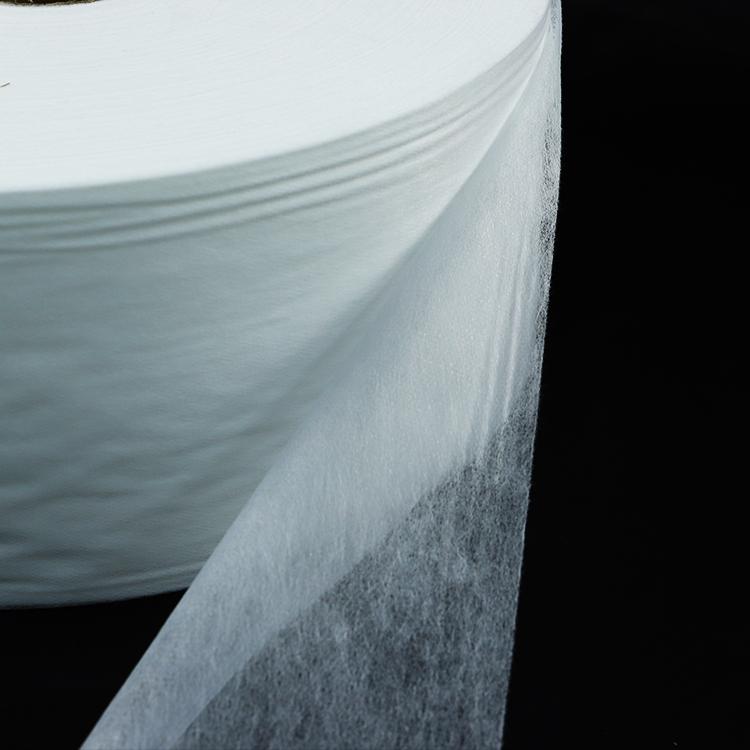
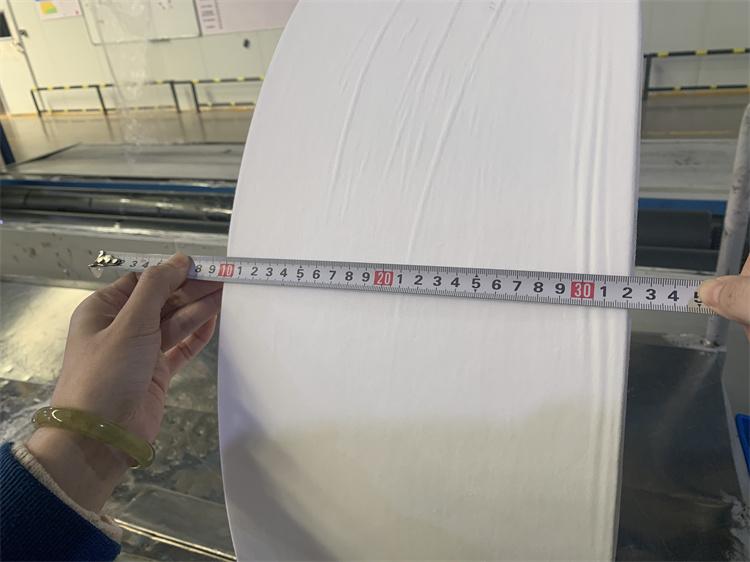
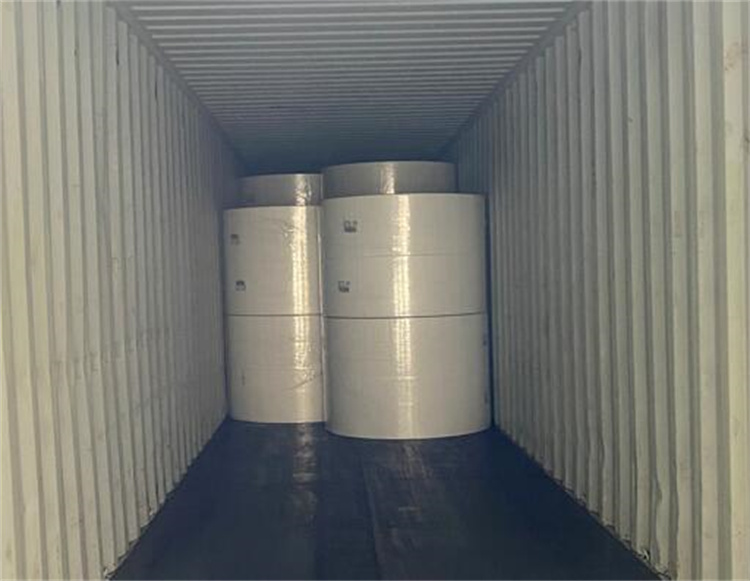
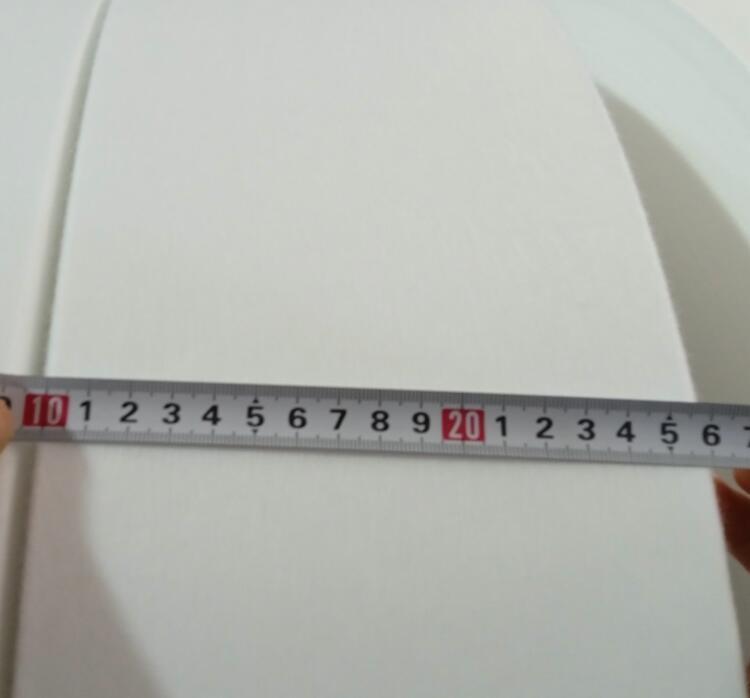
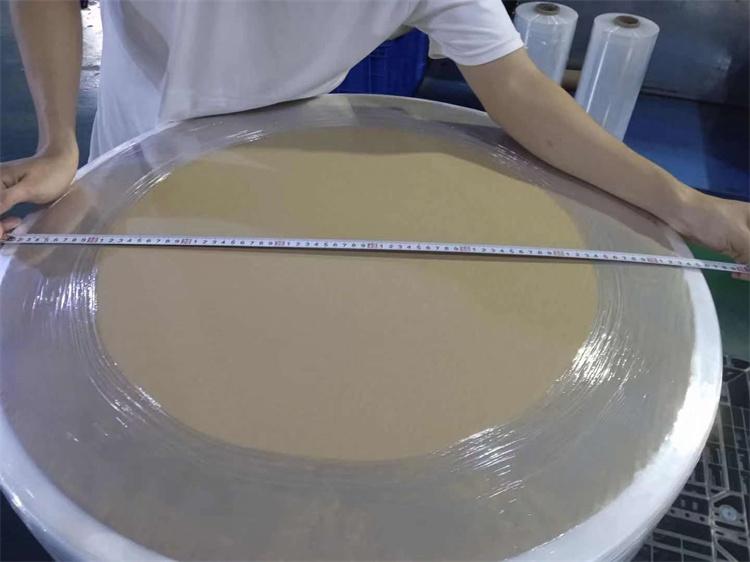

 Email: info@whldiapernonwoven.com
Email: info@whldiapernonwoven.com
 MP/WhatsApp: +86-13599937366
MP/WhatsApp: +86-13599937366
 Manufacturer Address:Room 1105B, Bld M1, Manhattan, Yulongwan, Shimao, Shuanglong Road, Meiling Street, Jinjiang, Fujian, China
Manufacturer Address:Room 1105B, Bld M1, Manhattan, Yulongwan, Shimao, Shuanglong Road, Meiling Street, Jinjiang, Fujian, China